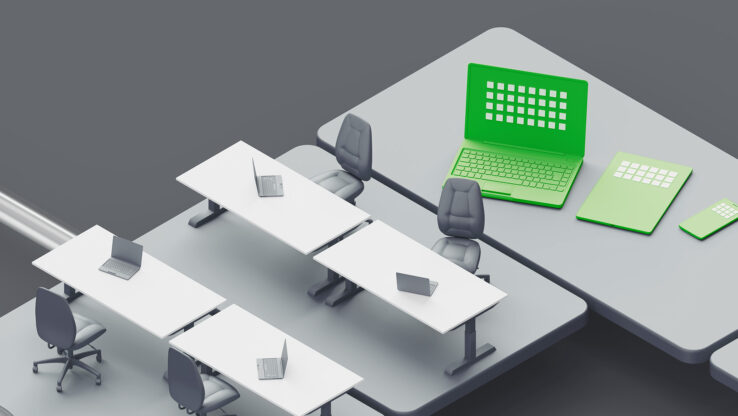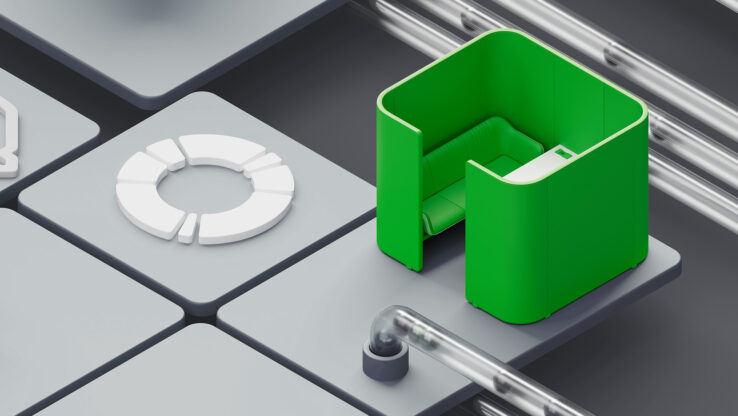
Packing Up and Porting Over: Clean Core with sovanta
There’s never been a better time to begin the move to the cloud. Customers can benefit from a wealth of proven strategies to support their transformation. One approach CIOs and IT organizations repeatedly endorse is adopting SAP Clean Core. In Clean Core, standard SAP S4/HANA environments provide enterprise-wide stability while the SAP Business Technology Platform fosters innovation to meet business needs. Keeping custom developments and extensions on the BTP allows the core SAP S4/HANA system to remain clean, simplifying maintenance and upgrades. But once you embark on a Clean Core strategy, what do you do about all your outdated custom code? In this blogpost, Cody Wedl, President of sovanta America Inc., shares insights into SAP Clean Core.
What do Clean Core and Moving Houses have in common?
Adopting a Clean Core approach can be a lot like moving to a new home. When you start to pack, you often start by deciding which items are worth going through the effort of safely boxing, transporting, and unboxing “at the new place”. Moving from on-premise to the cloud environment is a similar opportunity to remove digital debt: (unnecessary customization, unused data, and outdated configurations) which you carry along at your own cost.
Continuing the analogy, before you start loading up boxes, your first step is to figure out what exactly you have on hand. Evaluating custom code is a lengthy process, with a recommended monitoring time of 12-14 months, but it’s necessary to understand the size of the problem. The good news is that you don’t have to figure it out alone. SAP provides tools to support you such as the SAP Fiori Custom Code Migration App and the ABAP Test Cockpit. sovanta can help customers identify a strategy, employ the right tools, and help administer the Monitoring Process.
What to do with all that code?
The next step after identifying the extent of your digital debt is the decision-tree process. Customers face the choice of what to do with their legacy custom code. As with initially sorting through your digital debt, sovanta can help you decide on what to do. As a few thoughts to start you off:
- Delete it!
A surprising truth – perhaps analogous to finding all those unmatched socks and expired condiments – is that 60 to 90 percent of legacy on-premise code is unused*. If custom code is unused, not needed, or unwanted, why keep it? This is the easiest choice remove digital debt from your IT landscape. Your CFO will thank you. - Leave it
Your second option for custom code is to simply leave it as it is and move it to the new system. The idea behind it: You can take care of the adaptation later. It currently might be your best solution, but it’s a little like moving to a new house but deciding to still keep everything as in the old one. - Use the standard
A third option is using the SAP standard. This brings a lot of benefits, including maintaining one-reference technology and reducing employee training requirements to standard reference technology. - Get it on stack
The fourth option is to build an extension and use a space specially provided for this purpose by SAP in S/4. - Side-by-side extensions
The last option and the most fun option in my opinion because there are so many possibilites from ABAP to Cloud Native to Low Code, is creating a side-by-side extension which takes advantage of modern infrastructure and AI/GenAI possibilities.
Why move to begin with?
Moving can be exhausting. Sometimes you hit a point where you have to take a step back and remember why you’re doing it. There are many benefits of a Clean-Core approach, but perhaps the most important is that it frees resources you need to keep up with today’s business challenges. The cost of ownership of “the old place” can be crushing. On-premise systems can have decades of customizations – they complicate tasks, require increasingly complex maintenance, and ultimately translate to money taken out of your budget that could otherwise be allocated to accelerating innovation. Moving towards a Clean Core opens new possibilities as well, such as future-proofing operations by ensuring the data you own is valid and can be utilized for advanced analytics. Following a data-driven-decision making process is a must for all companies, but safeguarding data integrity is paramount.
Discovery Workshop: Clean Core
sovanta has the expertise, tools, and services to help you navigate the transition to the cloud, the opportunities of reducing digital debt to follow the Clean Core movement, and using modern services based on SAP BTP where it makes sense – like process automation with AI/GenAI. When you’re ready to begin your own move, we’re ready to help you get started and support you all the way through. We hope this blog sparked some inspiration. Next step: Join us for a 3h Clean Core Discovery Workshop. Sounds interesting? Let’s talk!



